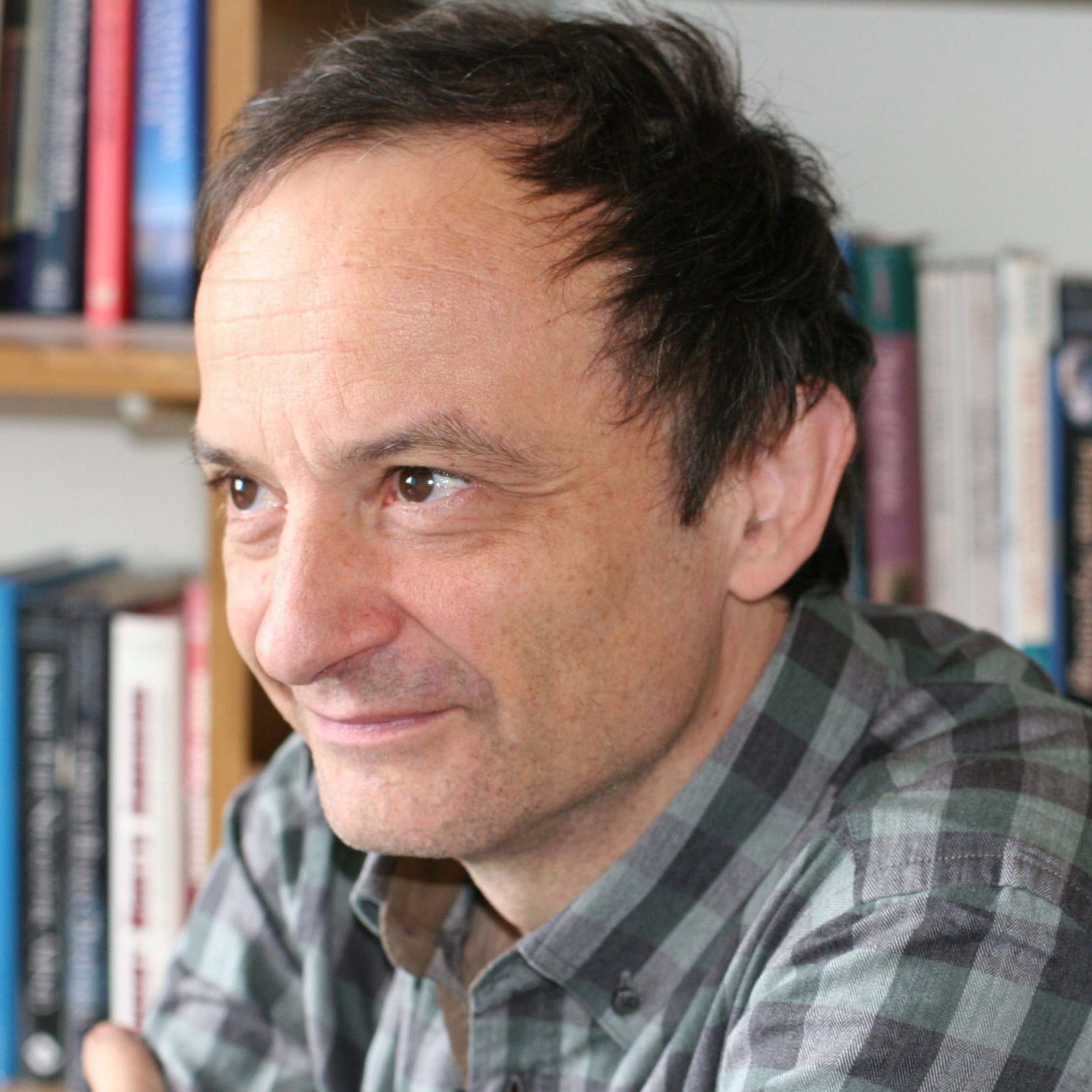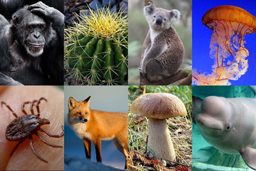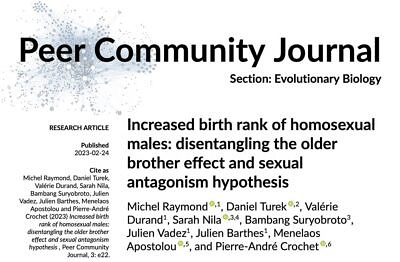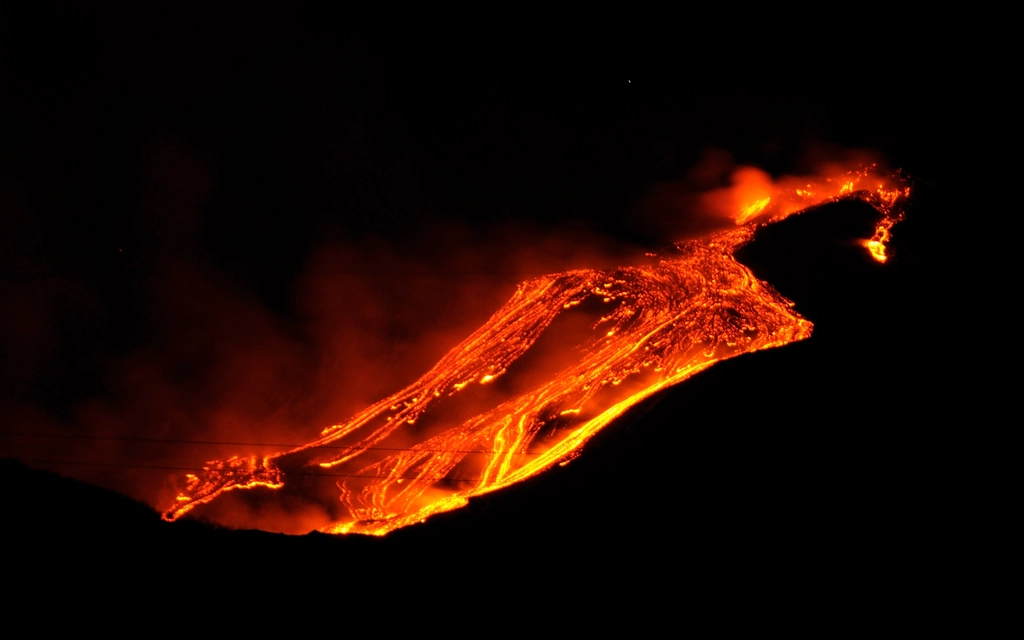Michel Raymond
Research Director
La biologie évolutive humaine, en bousculant les barrières traditionnelles (mais arbitraires) entre la biologie évolutive et les sciences humaines, aborde sous un angle nouveau tout ce qui a trait à l'espèce humaine.
Je m'intéresse particulièrement à l'évolution culturelle, aux conflits autour de l'investissement parental, à l'évolution des préférences esthétiques, à la compréhension de la latéralité manuelle, et à certains paradoxes darwiniens (caractère fréquent et héritable, associé à une plus faible survie ou reproduction).
Je propose un module optionnel d'enseignement (introduction à la biologie évolutive humaine) dans le parcours M2R Biodiversité, Ecologie Evolution.
Raymond et al. 2023
Lien vers l’article Dernier article sur la préférence homosexuelle masculine: comment expliquer l’effet du rang...
Les personnes qui consomment un petit-déjeuner riche en glucides raffinés sont jugées moins attractives…
Selon une étude… article de presse paru dans « The Guardian » Article de presse paru dans...
Influence of phylogenetic proximity on children’s empathy towards other species
L’empathie est une compétence sociale essentielle qui se développe progressivement durant l’enfance. Bien qu’elle soit...
Empathie envers les autres espèces
Riche, diversifiée et complexe, la palette d’émotions que nous ressentons au contact des autres
organismes est...
organismes est...
Alimentation et maladaption chez l’humain
Au cours du 20e siècle, un changement substantiel de régime alimentaire a eu lieu dans...
Adaptation génétique au risque
L'objectif de ce projet est d'étudier les comportements de prise de risque, la possibilité...
A broader cultural view is necessary to study the evolution of sexual orientation
La causalité de l’orientation sexuelle est probablement complexe et influencée par de multiples facteurs. Nous...
- 1
- 2
172 documents
- Carla Aimé, Jean-Baptiste André, Michel Raymond. Grandmothering and cognitive resources are required for the emergence of menopause and extensive post-reproductive lifespan. PLoS Computational Biology, 2017, 13 (7), pp.e1005631. ⟨10.1371/journal.pcbi.1005631⟩. ⟨hal-01830265⟩
- Stéphane Blanc, Gilles Boëtsch, Martine Hossaert-Mckey, François Renaud (Dir.). Ecologie de la santé. Edition du Cherche Midi CNRS, 176 p., 2017, Documents (Cherche Midi), ISBN: 9782749154251 9782749154251. ⟨hal-02785631⟩
- Claire Berticat, Valérie Durand, Michel Raymond, Charlotte Faurie. Link between Parental Separation and Decreased Performance in French High School Students. Journal of Behavior, 2017. ⟨hal-01834157⟩
- Carla Aimé, Jean-Baptiste André, Michel Raymond. Grandmothering and cognitive resources are required for the emergence of extensive post-reproductive life-span. European Human Behaviour and Evolution Association (EHBEA), 2017, Paris, France. ⟨hal-04532264⟩
- Charlotte Faurie, Clement Mettling, Mohamed Ali Bchir, Danang Hadmoko, Carine Heitz, et al.. Evidence of genotypic adaptation to the exposure to volcanic risk at the dopamine receptor DRD4 locus. Scientific Reports, 2016, 6 (37745), 7 p. ⟨10.1038/srep37745⟩. ⟨hal-02062364⟩
- Anne-Sophie Tribot, Nicolas Mouquet, Sébastien Villéger, Michel Raymond, Fabrice Hoff, et al.. Taxonomic and functional diversity increase the aesthetic value of coralligenous reefs. Scientific Reports, 2016, 6, ⟨10.1038/srep34229⟩. ⟨hal-03104012⟩
- Jeanne Bovet, Junpeng Lao, Océane Bartholomée, Roberto Caldara, Michel Raymond. Mapping female bodily features of attractiveness. Scientific Reports, 2016, 6 (1), ⟨10.1038/srep18551⟩. ⟨hal-01829872⟩
- Claire Berticat, Frédéric Thomas, Yves Dauvilliers, Isabelle Jaussent, Karen Ritchie, et al.. Excessive daytime sleepiness and antipathogen drug consumption in the elderly: a test of the immune theory of sleep. Scientific Reports, 2016, 6, pp.23574. ⟨10.1038/srep23574⟩. ⟨hal-01867593v2⟩
- Julien Renoult, Jeanne Bovet, Michel Raymond. Beauty is in the efficient coding of the beholder. Royal Society Open Science, 2016, 3 (3), pp.160027. ⟨10.1098/rsos.160027⟩. ⟨hal-03064752⟩
- Valentin Thouzeau, Michel Raymond. What is the evolutionary origin of human menopause?. Colloque « Empirisme et théorie en écologie et évolution », Sep 2015, Gif-Sur-Yvette, France. ⟨hal-03963283⟩
Follow Me On








